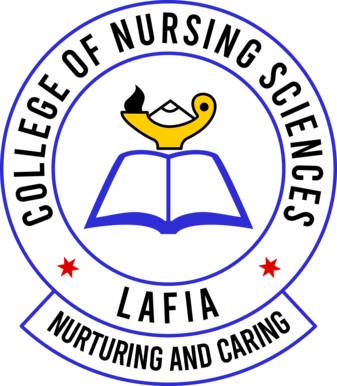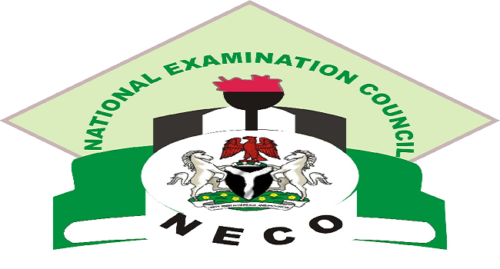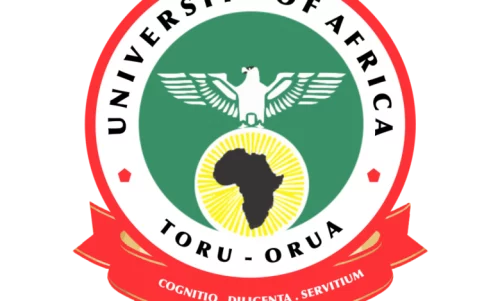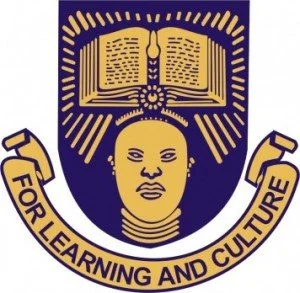Agric Keypoints: Reproduction in farm animals; Reproduction is a fundamental biological process that ensures the continuation of species. In farm animals, proper understanding of reproduction is crucial for efficient breeding and livestock management. It involves various stages, from gametogenesis and mating to birth and care of the young.
Study other Agric keypoints here for JAMB, WAEC, IJMB
Agric Keypoints: Reproduction in farm animals
Hormones play a pivotal role in regulating these processes. Additionally, poultry reproduction involves unique aspects, such as egg formation, incubation, and hatching.
a. Gametogenesis, Oestrus Cycle, Signs of Heat, Gestation Periods, Parturition, and Secondary Sexual Characters:
- Gametogenesis: Gametogenesis is the process of producing gametes (sperm and egg cells) through meiosis. Spermatogenesis occurs in the testes of males, leading to the production of sperm cells. Oogenesis occurs in the ovaries of females, resulting in the formation of egg cells.
- Oestrus Cycle: The oestrus cycle is a reproductive cycle in females characterized by stages like proestrus, oestrus, metoestrus, and di-oestrus. It involves hormonal changes that control heat periods and receptiveness to mating.
- Signs of Heat and Heat Periods: Signs of heat (oestrus) in females include restlessness, mounting other animals, vaginal discharge, and increased vocalization. The heat period is the time when a female is receptive to mating.
- Gestation Periods: The gestation period refers to the time of pregnancy from fertilization to parturition (birth). Different species have varying gestation periods, which are important for predicting due dates.
- Parturition: Parturition is the process of giving birth. It involves the contraction of the uterus to expel the fetus. Hormones like oxytocin play a role in inducing contractions.
- Secondary Sexual Characters: These are physical traits that distinguish males and females, such as body size, horns, or coloration. They are important for mate selection and reproductive success.
b. Role of Hormones in Reproduction:
- Gonadotropin-Releasing Hormone (GnRH): Secreted by the hypothalamus, GnRH stimulates the pituitary gland to release follicle-stimulating hormone (FSH) and luteinizing hormone (LH).
- Follicle-Stimulating Hormone (FSH): FSH stimulates gametogenesis and follicle development in females and sperm production in males.
- Luteinizing Hormone (LH): LH triggers ovulation, formation of the corpus luteum, and production of progesterone in females. In males, it stimulates testosterone production.
- Progesterone: Produced by the corpus luteum, progesterone maintains pregnancy, prepares the uterus for implantation, and inhibits oestrus during pregnancy.
- Testosterone: Produced in the testes, testosterone is responsible for the development of male secondary sexual characteristics and sperm production.
c. Development, Nourishment, and Birth of the Young; Mammary Glands and Lactation in Farm Animals:
- Development and Nourishment: After fertilization, the zygote undergoes cell division to form an embryo. Nourishment is provided by the mother through the placenta in mammals or yolk in birds.
- Birth of the Young (Parturition): As gestation ends, hormonal changes trigger the start of parturition. Contractions expel the fetus through the birth canal.
- Mammary Glands and Lactation: Mammary glands in females produce milk to nourish the young. Hormones like prolactin stimulate milk production, while oxytocin triggers milk ejection during suckling.
d. Egg Formation, Incubation, and Hatching in Poultry:
- Egg Formation: The process of egg formation begins in the ovary. Yolk is released, and layers of albumen (egg white) and shell membranes are added. Finally, the eggshell forms in the shell gland.
- Incubation: Incubation involves maintaining the optimal conditions (temperature and humidity) for embryo development. The hen incubates the eggs or artificial incubators are used.
- Hatching: During incubation, the embryo develops and absorbs nutrients from the yolk. After the incubation period, the chick uses its egg tooth to break the shell and emerge.
In Summary:
Reproduction in farm animals is a complex process involving gametogenesis, hormonal regulation, gestation, parturition, and care of the young. Hormones play a crucial role in orchestrating these processes. Additionally, poultry reproduction has unique aspects, including egg formation, incubation, and hatching, which are vital for the successful production of chicks.
FAQs:
Q1: How do farm animals produce gametes?
A: Gametogenesis involves meiosis in the testes (spermatogenesis) for males and ovaries (oogenesis) for females.
Q2: What are the signs of heat in females?
A: Signs include restlessness, mounting behavior, vaginal discharge, and increased vocalization.
Q3: How do hormones regulate reproduction?
A: Hormones like GnRH, FSH, LH, progesterone, and testosterone control various stages of reproduction.
Q4: What is the role of prolactin in reproduction?
A: Prolactin stimulates milk production in mammary glands for the nourishment of the young.
Q5: How do poultry eggs develop and hatch?
A: Egg formation involves the release of yolk, the addition of egg white and shell membranes, and finally, shell formation. Incubation provides optimal conditions for embryo development, leading to hatching.
Q6: Why are secondary sexual characters important in reproduction?
A: Secondary sexual characters help individuals attract mates and contribute to reproductive success.












